The Street Fighter franchise has come a long way, and fans might be wondering how all the numerous entries rank up against one another. Well, look no further, here are all Street Fighter games ranked from worst to best. To narrow the scope down, we are only going to focus on non-crossover titles for the time being. Street Fighter x Mega Man, you’ll see your day in the sun some other time, you strange little bean.
10. Street Fighter 2010: The Final Fight
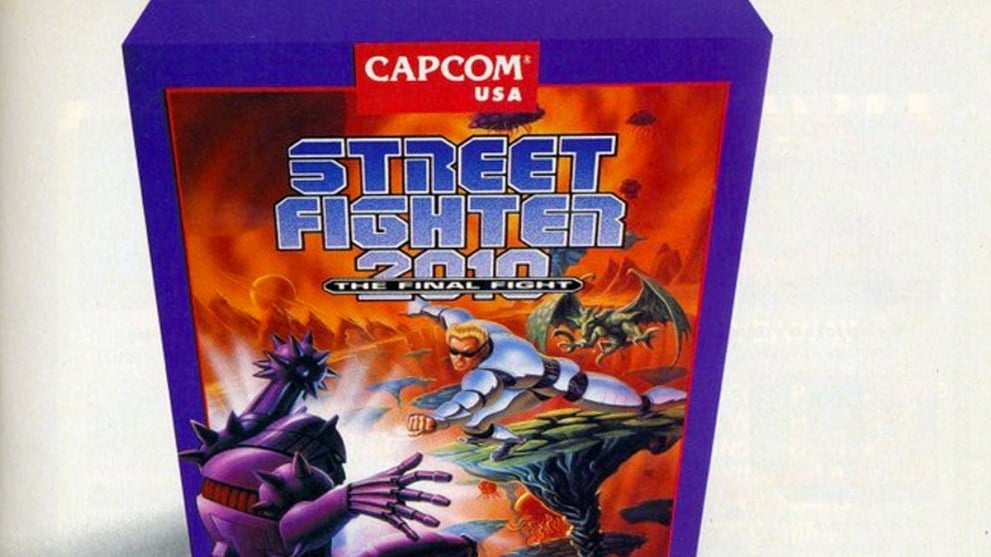
Our list starts off with the most obscure game and nearly unrelated game to the Street Fighter series, and that’s 2010: The Final Fight. This is not a 2D fighting game, rather, it’s a side-scrolling action-adventure platform game similar to Metroidvania that was exclusively released to the NES in 1990. Here’s the fun surprise twist; in the bizarre story, the main character was based on Ken from the original Street Fighter game, who now had cybernetic implants.
Apparently, Ken had won the Street Fighter tournament 25 years prior, had retired, and was given Cyboplasm to garner his new form. After his lab partner was murdered, and some of their Cyboplasm was stolen, Ken seeks to find and bring the killer to justice.
However, this was all added for the localized version for America, since the original Japanese version had a main protagonist named Kevin, and had nothing to do with Street Fighter. The reasons for this are not fully known, but hey, whether you think this game should be considered part of SF or not, it’s an interesting part of gaming history.
9. Street Fighter I
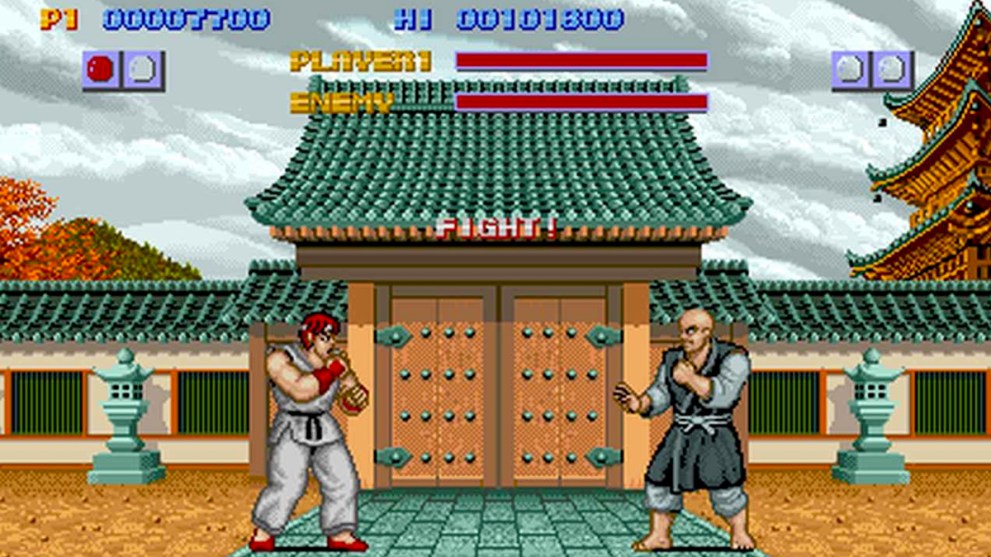
This is where it all began, the original Street Fighter game to hit arcades in 1987. This is the very first, numero uno game that Capcom made under the 2D 1v1 fighting game genre. This sleeper game was also responsible for introducing fighting game controls with attack-specific buttons and sequential inputs in order to pull off special attack moves.
The game was largely focused on gameplay that pitted the player who would automatically select Ryu, against computer-controlled opponents one after the other, until they defeated the final boss, Sagat. A second player could interrupt the match and play as Ken, then battle the first player. If the Ken player won, and the Ryu player quit, then the second player would continue playing through the game against the computer.
For whatever reason, this game never caught on in a major way, but definitely had its place on this list because if Capcom never released it, or canceled the series after this initial game, there would never be the Street Fighter franchise we know today. Good thing they didn’t give up and continued to fight on.
8. Street Fighter: The Movie
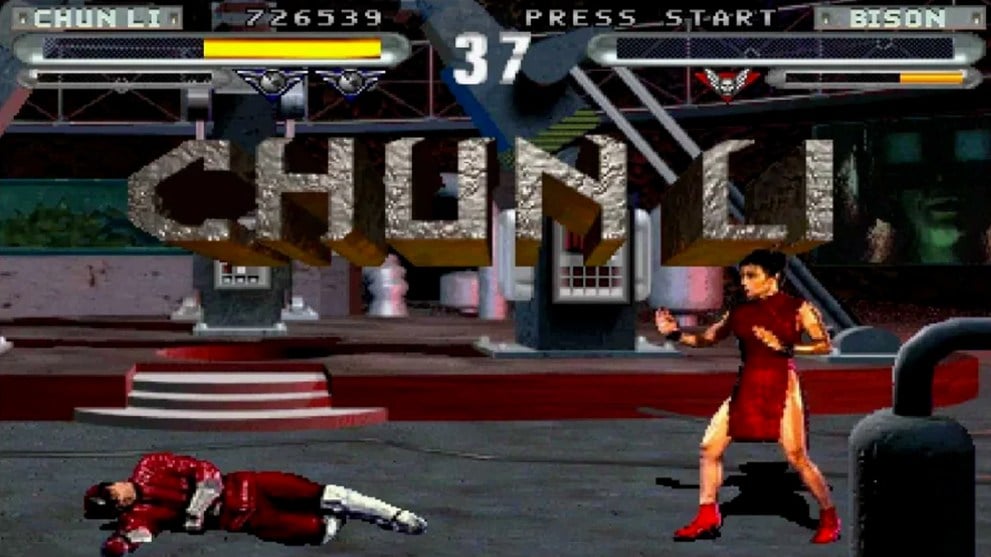
In a strange turn of events, the Street Fighter: The Movie arcade game became sort of like a multiverse pseudo-sequel to Street Fighter II since this game arrived in arcades in 1995 alongside Street Fighter Alpha. Although the American SF movie was based on its own retelling of the Capcom SF lore, it still held the essence of the original SF II game. All of the characters from SF II were represented by their live action counterparts from the Jean-Claude Van Damme live action movie from 1994.
This game is largely forgotten now, but it did achieve its own cult popularity and was played competitively by early fighting game players for a different experience or palette cleanser from other fighting games. Personally, as the writer of this article, I can attest to the years in my high school when this machine was in our school cafeteria alongside Samurai Shodown II. And there were some highly-skilled and serious players between the two game cabinets.
7. Street Fighter EX
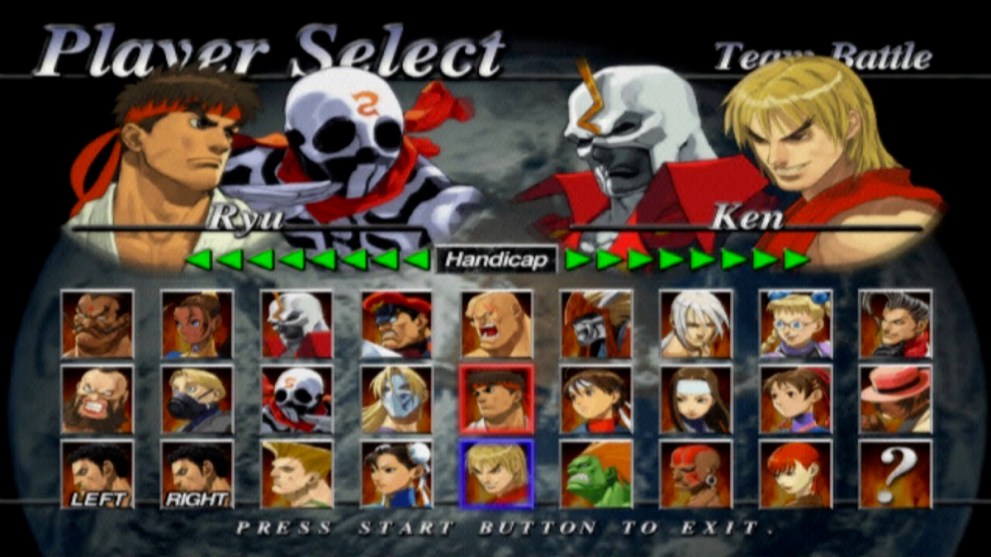
In 1996, Capcom literally decided to change up the game when they released a 3D polygon version of their hit 2D animated franchise, in light of the rising popularity of 3D games like Tekken and Virtua Fighter. The story centered on a true alternate timeline and is not considered canon to the SF lore. Although it still played on a two-dimensional gamescape and had hand-drawn art, this series also introduced some new concepts. First, the super bar was split into three separated sections, instead of stacking on top of each other and leveling up. Also, a new guard break move was introduced that could instantly break an opponent’s block and make them dizzy.
Finally, a pair of new creative and strategic features known as “canceling” and “super canceling” allowed players to interrupt a regular or special move, or super cancel a super combo with another super combo. Another great contribution this game made to the franchise was the inclusion of a variety of new stylish characters outside the normal Street Fighter mold. This included unique fighters such as Skullomania, Cracker Jack, Pullum Puma, Allen Snider, Kairi, Darun Mister, Cycloid, and others who never appeared anywhere outside the EX series.
6. Street Fighter V
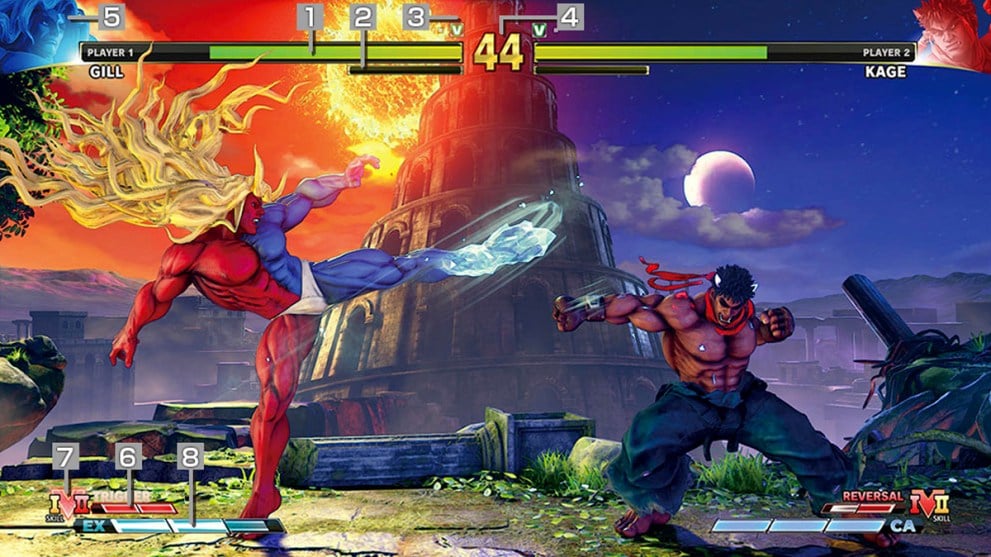
Street Fighter V is a Playstation 4 and PC exclusive game that was released on February 16, 2016, and as a sad sign of the changing times, Capcom announced that this Street Fighter would not be making any arcade appearances (most likely due to the decline of the arcade business). Capcom wanted to focus their physical games on crane games and other more lucrative machines.
Although this game enjoyed continued support from the fighting game community with plenty of tournament support and updates, overall it’s arguably the weakest link of all modern Street Fighter games. It was a weird mix of bringing back mechanics from the Alpha series with a new V-Gauge, V-skill, V-trigger, and V-reversal, which were all welcomed strategic mechanics, but overall, character animations were made to seem more realistic and were criticized as being slower than SF IV. The gameplay also seemed heavily unbalanced.
Adding more injury to its release, the game became notorious for not having a campaign story mode until a later DLC was announced, and new characters would have to be bought from the in-game store.
5. Street Fighter Alpha 3
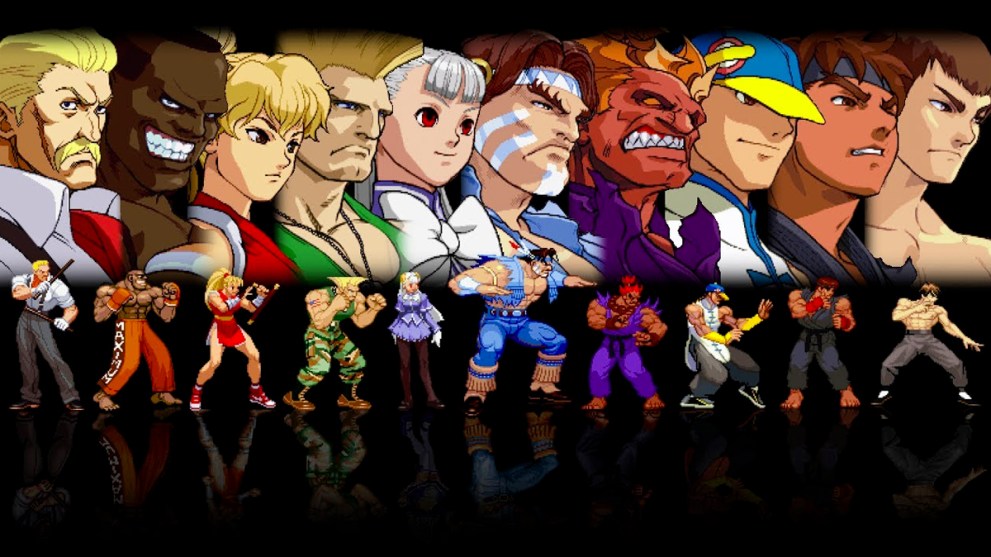
The Street Fighter Alpha series culminated in Street Fighter Alpha 3, after a successful run in arcades worldwide from the previous Street Fighter Alpha 1 and 2, from June 5, 1995 to June 29, 1998. The Street Fighter Alpha series as a whole is special due to it being one of the last Street Fighter games to preserve the gorgeous hand-drawn & pixelated art style of Capcom. Its story carried on the events between Street Fighter I and II, which is why many of the main characters are younger.
The game revised the Manual and Auto modes to give players the chance to choose from three different “-isms” that affected a character’s play style. Choosing a different ism for a character results in adjusted strengths and weaknesses, as well as differing mechanics, and allows for more customized gameplay experiences.
Finally, the game introduced the Guard Power Gauge which wore down as a player blocked, and upon full depletion, made the offending character lose all their guarding ability for a limited time and left them open to be attacked. Overall, the Alpha series is beautiful and offers a widely diverse cast of appealing characters and a wide-open fighting system for true fans.
4. Ultra Street Fighter IV
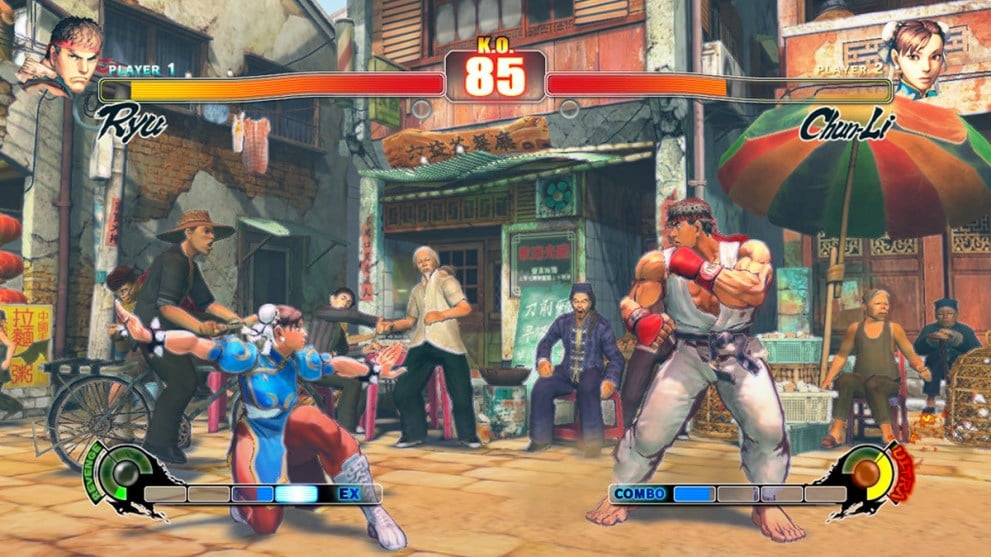
Although Street Fighter IV wasn’t the first game to utilize 3D graphics, it became the game to standardize the polygon graphics style that is currently being used. To its credit, it still had a hand-drawn and cel-shaded feel to it like an anime. This game brought life back to the franchise and made its way into Japanese arcades on July 18, 2008. Months later, it would appears on consoles like the Playstation 3 and Xbox 360 in February 2009.
Gameplay merged Street Fighter II Turbo foundations with advanced mechanics from Street Fighter III 3rd Strike into a technical and fun game. The designers dropped the signature Parry mechanic from SF III and wanted the game to bring back the old-school feel of SF II. As a result, this game introduced dramatic Focus Attacks and flashy Ultra Combos.
The plot follows SF II, in which a villain named Seth escapes, who was the CEO of Shadaloo’s weapon division, codenamed S.I.N., and also a body replacement for M. Bison. S.I.N. Corp decided to hold another fighting tournament to find powerful fighters to use for their BLECE project, whose secrets and true purpose perished along with Seth.
This game was an enormous success in the fighting game community and became the most popular fighting game in tournaments held all over the world for its time, exploding with the rise of Youtube and social media. This culminated in both sanctioned and non-sanctioned events that featured the best players in the world.
3. Street Fighter II: The World Warrior
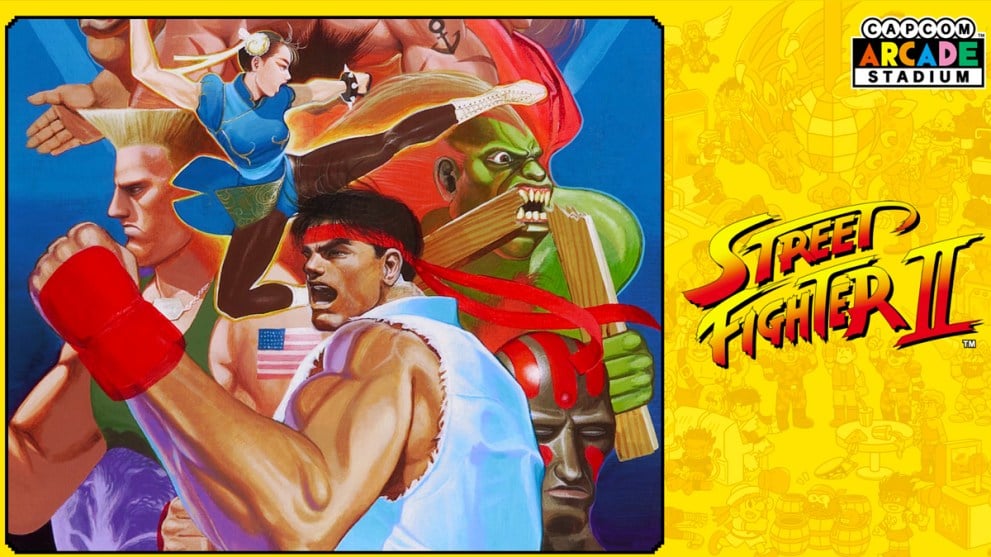
This is the legendary video game that took pop culture by storm in the 90s after being released in arcades in 1991. From kids lining up in front of game cabinets after putting their quarters up, to Street Fighter machines appearing in obscure locations like mom & pop shops and convenience stores, and entire arcades being built with multiple Street Fighter and Neo Geo games, SF II was a huge hit and moneymaker.
The story revolved around a mysterious organization name Shadaloo that was poised to take over the world. Behind the organization was a boss named M. Bison who wanted to hold a fighting tournament so he could find powerful fighters to brainwash into his organization.
This game was a monumental evolution of Street Fighter I, and it enhanced all of the controls, special inputs, and mechanics of its predecessor while adding a large roster of characters to choose from. The biggest change to the game was the versus concept. Just like Street Fighter I, one player would play through a tournament against an increased number of computer-controlled opponents.
But now, there were 8 characters, each representing a specific region of the world or a fighting style. And a player could select any of these world warriors, each who had their own story and reasons for entering the world fighting tournament. Additionally, after all 8 playable characters were defeated, there were additional sub-bosses and a final boss to complete the game. These bosses would later become playable through cheats and rereleased versions of SF II.
Street Fighter II set the precedent for the fighting game genre and that’s why there are so many games and franchises in this style. Easily one of the most important games in video game history. Period.
2. Street Fighter III 3rd Strike
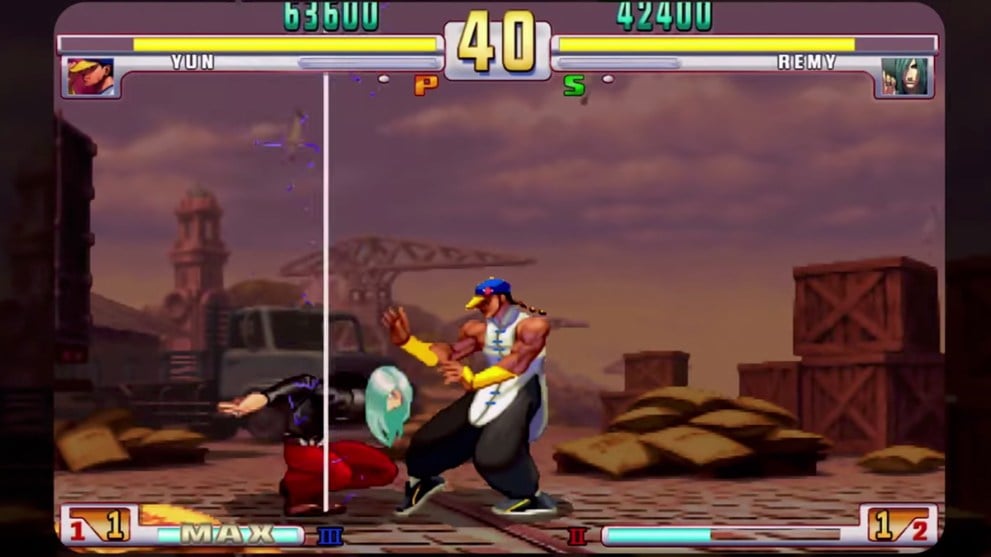
Street Fighter III is the perfect, unmatched balance of classic animated and pixel graphics with the inclusion of high-cap mechanical skills. The gameplay introduced the parry system (which many cite originated from Neo Geo’s Samurai Shodown II) that rewards players for pressing the forward direction towards an opponent’s attack at the exact moment it would hit. This would be better than holding the away direction to block because the character performing the parry would momentarily light up, take no block damage, and gain the advantage of an instant counter-attack.
Utilizing CD-ROM-based CP System III hardware, this game took 2D sprite animation to the max of its era with a blend of fantastic anime-style and comic book graphics. When SF III: New Generation was first introduced, it was meant to be the direct sequel to SF II, but only featured Ryu and Ken (and later Chun-li) from that roster. This game’s story focused on Alex as the new protagonist, and featured various sub-plots between characters and their rivalries.
Arguably, this is the best Street Fighter game overall, both in terms of skills, and how it kept the gorgeous Capcom art style alive, while featuring a balanced roster of unique characters along with the highest level of competitive play. Many of the fighting game community’s most iconic and memorable moments and battles were achieved in this game at some of the world’s biggest tournaments of the time, like EVO. The only reason that this game isn’t ranked #1 is the addition of the new custom story mode in SF 6, the final game on this list. For many, this game is still played regularly and will continue to enjoy its legacy with new and veteran fans alike.
1. Street Fighter 6
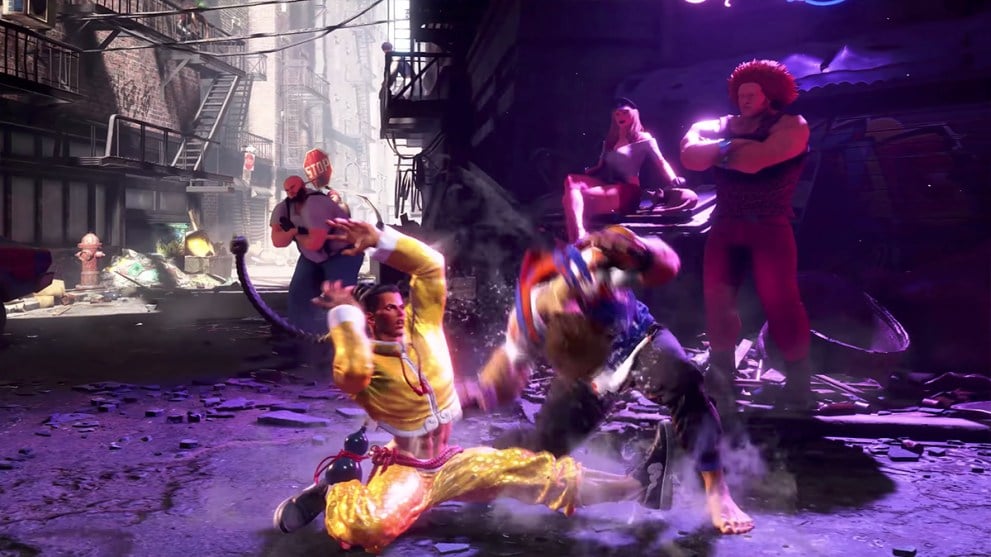
Street Fighter 6 makes the top of this list just barely edging out SF III, and has been happily-received by the fighting game community and gamers alike. Since its June 2nd release this year, the game has already received plenty of FGC tournament support and boatloads of online warriors.
There are a bunch of new characters, new mechanics, and so much more, but the main standout for many players is the World Tour mode. This new mode allows players to create their own original Street Fighter warrior, and partake in an action-RPG story campaign by going on quests and leveling up their character. Players will have the ability to attain all kinds of aesthetics for their character as well as fighting moves from legendary SF mentors of the series’ past.
As advanced as the graphics look, it is a bit ironic how the beautiful anime-style graphics have gone to the wayside and Street Fighter now looks like a cross between Tekken and Killer Instinct. But at the core of its gameplay, it’s basically the same as Street Fighter as always.
It might be early for this game, but it’s shaping up to be best all-around Street Fighter experience yet. If you’re interested in playing a mobile version of the SF franchise, check out the Gacha game Street Fighter Duel.
There’s no denying the staying-power of the Street Fighter series. As the rise of social media and competitive events reinvigorated the entire fighting game industry, there might not be a game that’s able to surmount Street Fighter as the reigning champ. That rounds up or list for all Street Fighter games ranked from worst to best

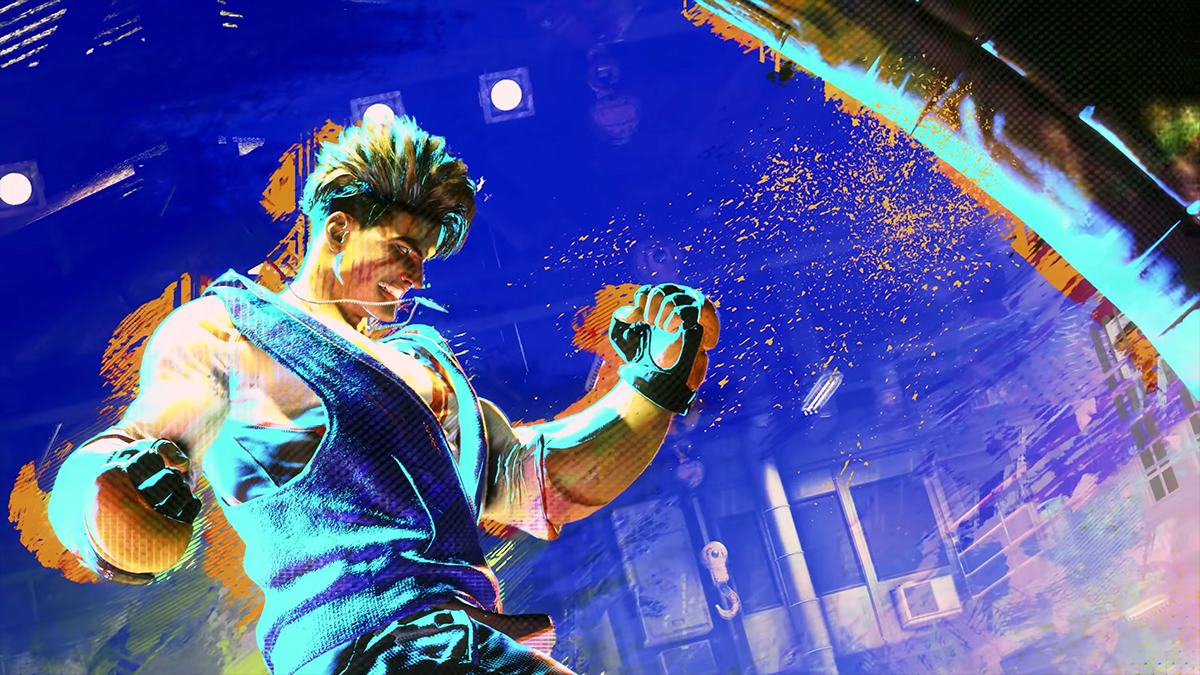












Updated: Jun 26, 2023 07:11 pm